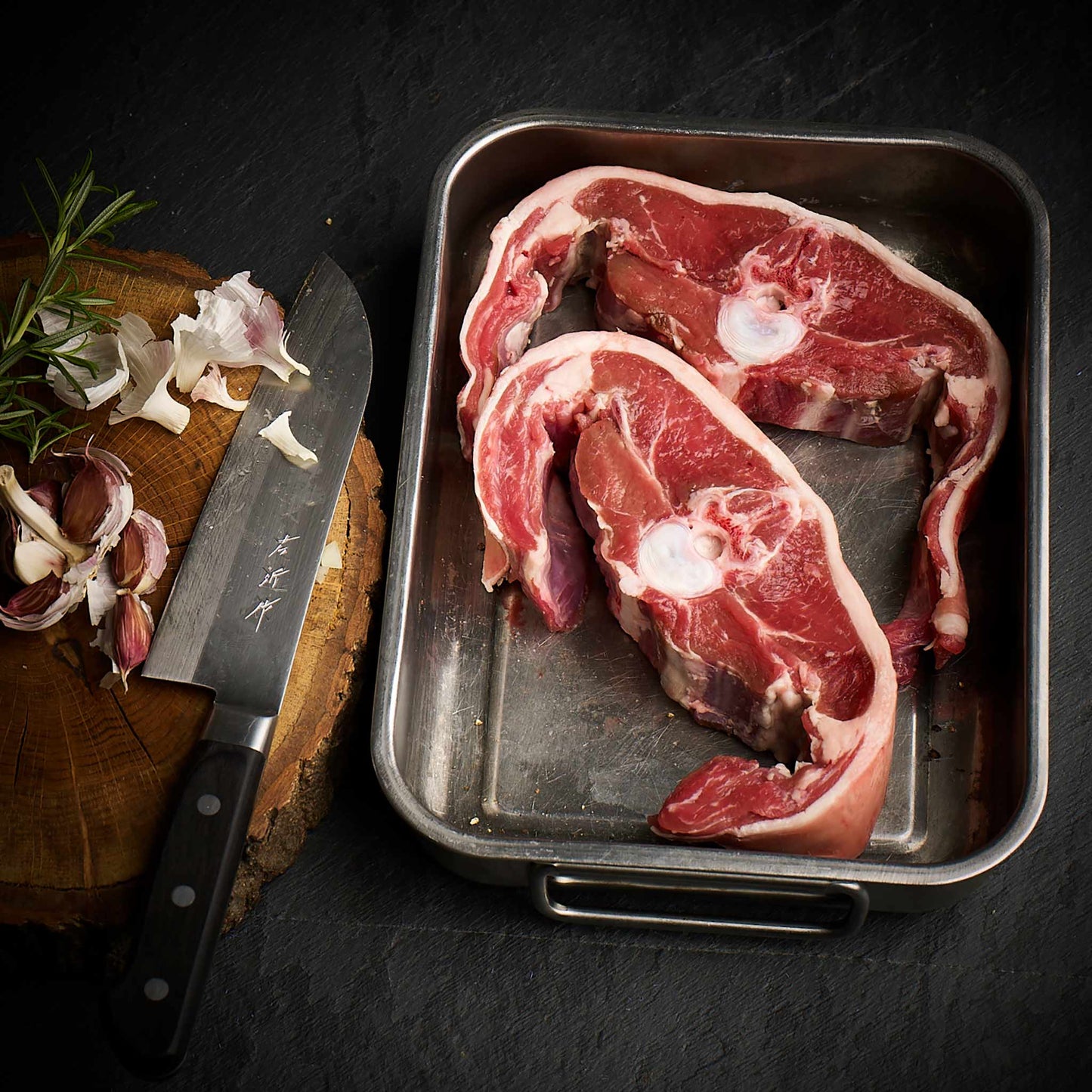We source our chicken from one farm in Leicestershire. The farm is Pasture for Life certified and rears truly free range, outdoor birds.

What is methane?
Methane is a gas. One molecule of Methane contains one carbon atom, surrounded by four hydrogen atoms, the chemical formula being CH4
Where does it come from?
Methane comes from these sources (ordered by amount):
- Natural wetlands
- Paddy rice fields
- Emissions from livestock production systems (including intrinsic fermentation and animal waste)
- Biomass burning (including forest fires, charcoal combustion, and firewood burning)
- Anaerobic decomposition of organic waste in landfills
- Fossil Methane emission during the exploration and transport of fossil fuels.
Animal agriculture is by no means blameless in the global warming debate, but it seems that the industry’s impact on the environment is not as significant as critics suggest.
So, rice production is responsible for more Methane than cattle?
Yes, rice farming is responsible for more Methane than animal agriculture, and this might come as a surprise as it doesn't seem to be talked about as much.
Regenerative farming can sequester Methane and carbon — even actually more than is being produced — making it a Methane-negative process. This process requires near perfect conditions, and these conditions are exactly what regenerative farmers are working to create.
Cows do produce Methane and that is a greenhouse gas. But, as with so many things in nature, there are checks and balances to keep the world in order as long is it's done correctly.
How long does Methane last in the atmosphere?
Methane is 28 times more heat-trapping than carbon dioxide, but the real difference between the two is how long they hang around in the atmosphere.
While Methane lasts for just a decade, carbon dioxide is a long-life pollutant that remains in the atmosphere for 1000 years.
After a decade, Methane is degraded through a process called hydroxyl oxidation and is broken down into CO2. At this point, it enters the carbon cycle: the gas is absorbed by plants, converted by those plants into cellulose, and then eaten by animals.
How is Methane removed from the atmosphere by soil?
Healthy soils contain microbes called methanotrophs, which reduce atmospheric Methane significantly.
Grasslands reserved for cattle grazing are able to absorb a large amount of the Methane the cattle produce — balancing out the production and absorption. Methane oxidation rates across soils vary, but the highest recorded rate is 13.7 mg/square metre/day, which over a hectare of land, roughly equals the Methane produced by around 100 herds of cattle!

Source: Global Carbon Project
That means that, provided no new animals are added to the system, then the same amount of carbon dioxide produced by livestock is actually used by plants during photosynthesis.
Declining cattle numbers
Cows are not the enemy of the planet but getting this message across is not an easy one, and because of this, cattle numbers globally are reducing.
The US beef herd has shrunk by around a third since 1975 and dairy cattle numbers have decreased from around 25 million to 9 million in 70 years.
However, Methane production from livestock is in fact decreasing.
Frank Mitloehner, Professor of Animal Science at UC Davis in California and an expert in air quality, agrees. “This discussion is the cornerstone of debunking all of this hype around why we should eat less animal-based protein,” Frank says.
“Never have we had smaller flocks and herds than we do today, but we are producing the same amount of meat as we did when we had larger numbers. The people who are selling plant-based alternatives are using hype, particularly around Methane, and they need to stop.”
‘Methane sinks’ bank up to 15% of the Earth’s Methane. Converting pasture into arable production reduces the soil’s capacity to bank Methane and releases carbon into the atmosphere.
Fertilising and arable cropping reduces the soil's ethane oxidation capacity by 6 to 8 times, compared to the undisturbed soils of pasture. The use of fertilisers makes it even worse, reducing the soils ability to take up Methane even further.
So, although converting pasture to arable land is a ‘quick fix’ to try and grow more plant-based foods, it actually accelerates the climate change situation.
Ironically, it's also worth noting that Methane production per KG (of body weight) in a vegan is probably higher than that of a cow, since the digestive system of a human is not adapted for fermentation of vegetation (unlike a cow’s). This in turn produces extra glucose in the gut, which gut bacteria use to produce more Methane — meaning smellier flatulence!
Vegans probably produce more Methane than omnivores. We'll leave it there.



